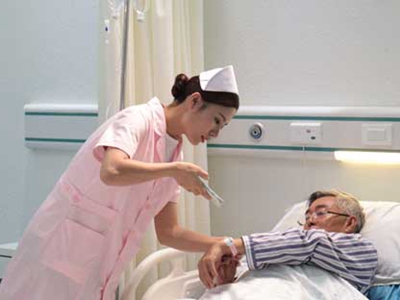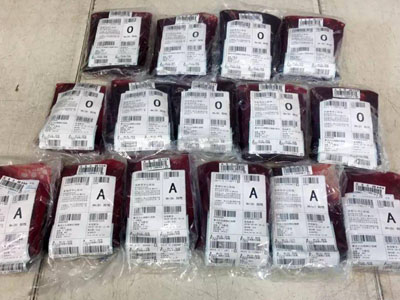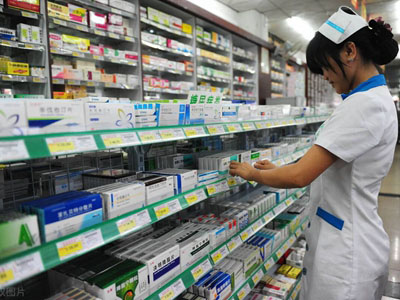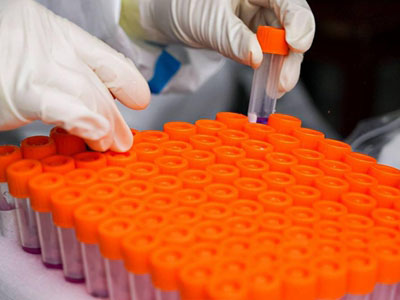Infusion Management
The application of C-Reader handheld terminals in infusion management is mainly reflected in the following aspects:
1. Real-time monitoring and recording: Handheld terminals can monitor the patient's infusion in real time, including infusion speed, remaining liquid volume, infusion time, etc., and record these data in real time. This helps medical staff to promptly discover and deal with possible abnormal infusion situations, such as infusion speed is too fast or too slow, insufficient or excessive liquid volume, etc.
2. Automatic reminder and alarm: By setting parameter thresholds, the handheld terminal can automatically remind medical staff to pay attention to specific situations during the infusion process. For example, when the infusion speed is lower or higher than the set value, or when the liquid volume is close to exhaustion, the system will sound an alarm to remind medical staff to adjust or replace the infusion device in time.
3. Intelligent scheduling and allocation: Within the hospital, handheld terminals can be used to intelligently schedule nurses' work tasks, such as automatically allocating infusion tasks according to patient needs and nurses' abilities, optimizing work processes, and improving work efficiency.
4. Patient information management: Handheld terminals can integrate basic patient information, drug information, allergy history, etc., which is convenient for medical staff to quickly check during the infusion process and avoid medical errors caused by incomplete information.
5. Data statistics and analysis: Long-term use of handheld terminals for infusion management can accumulate a large amount of data. Through data analysis, hospitals can understand common problems and efficiency bottlenecks in the infusion process, providing a basis for improving services and optimizing processes.
6. Mobile nursing: Handheld terminals support mobile nursing. Medical staff do not need to be fixed at workstations. They can move freely in the ward to manage infusion, which improves the flexibility and efficiency of nursing.
7. Electronic medical records and prescription management: Handheld terminals can be integrated with electronic medical record systems to facilitate medical staff to enter and view patients' infusion records. At the same time, they can also receive electronic prescriptions issued by doctors, reduce the use of paper prescriptions, and improve the accuracy and security of medical information.
Through the above applications, handheld terminals not only improve the quality of medical services in infusion management, but also improve work efficiency and reduce human errors, which is of great significance to ensuring patient safety.
 Mobile care
Mobile care
 Blood bag management
Blood bag management
 Chain drugstore management
Chain drugstore management
 Biospecimen Management
Biospecimen Management